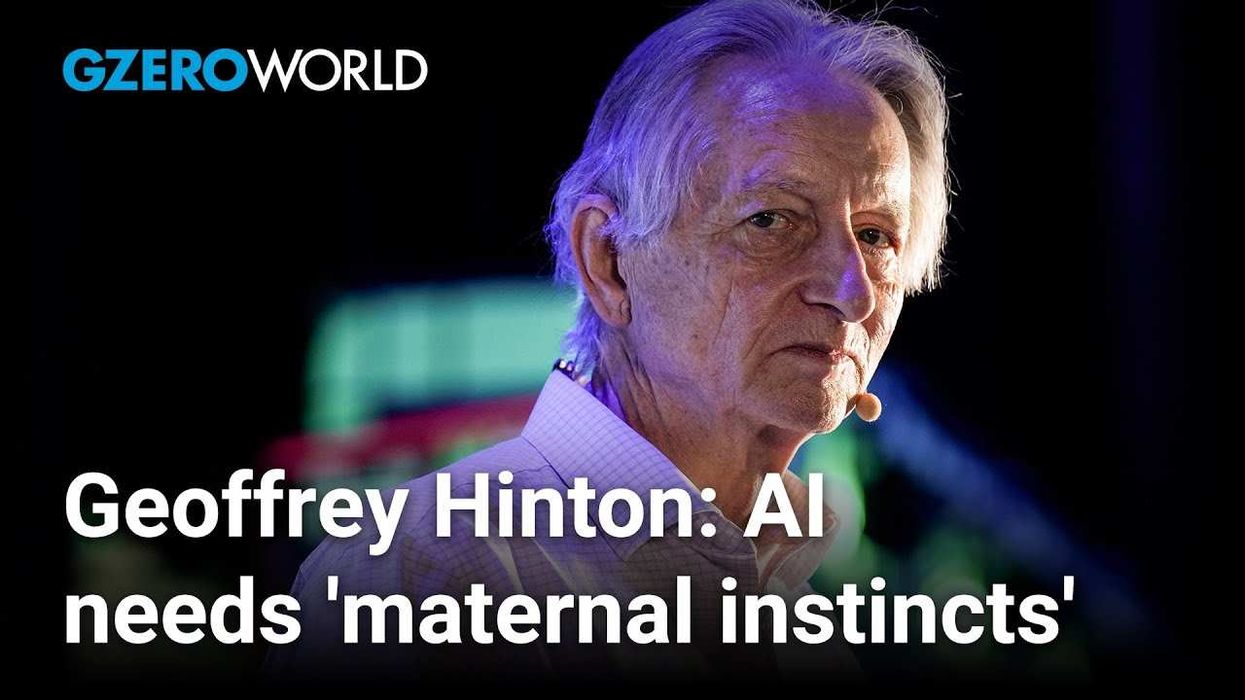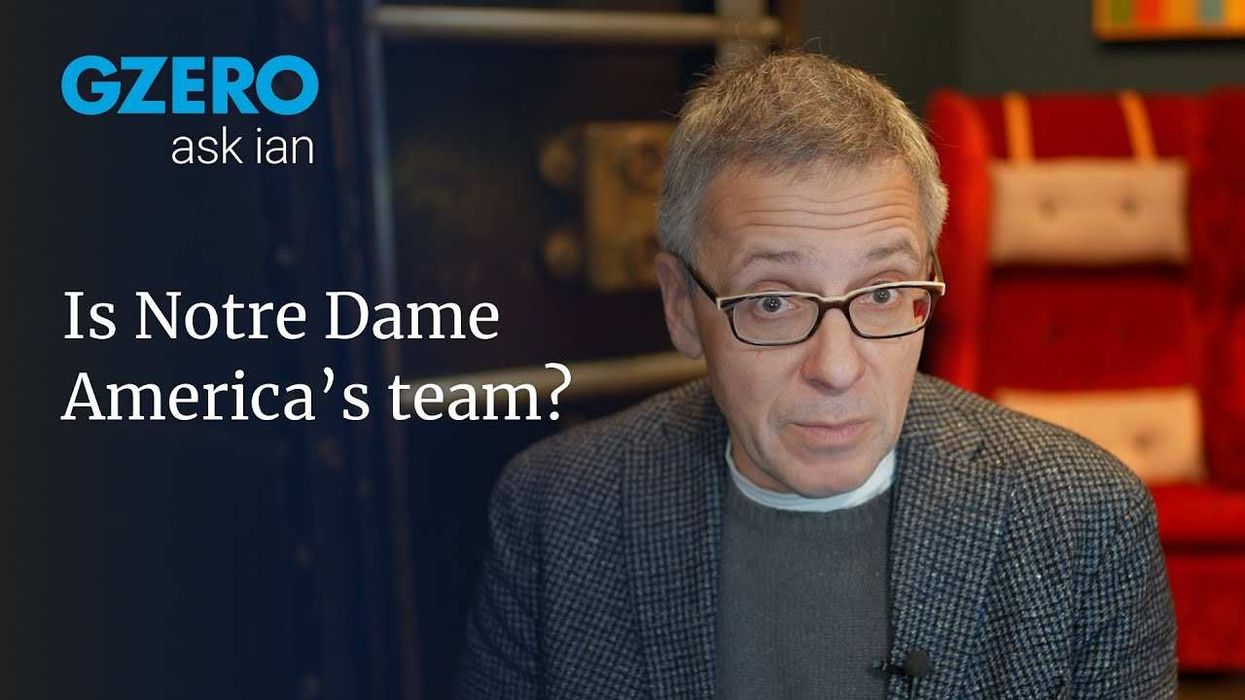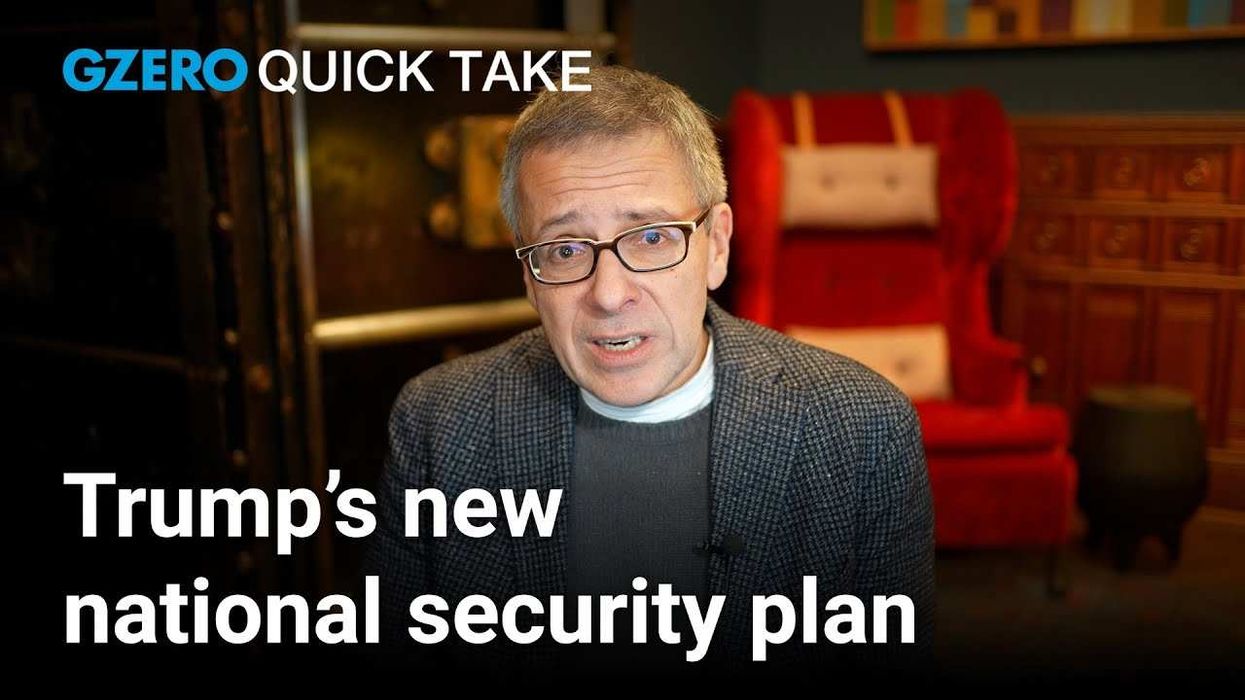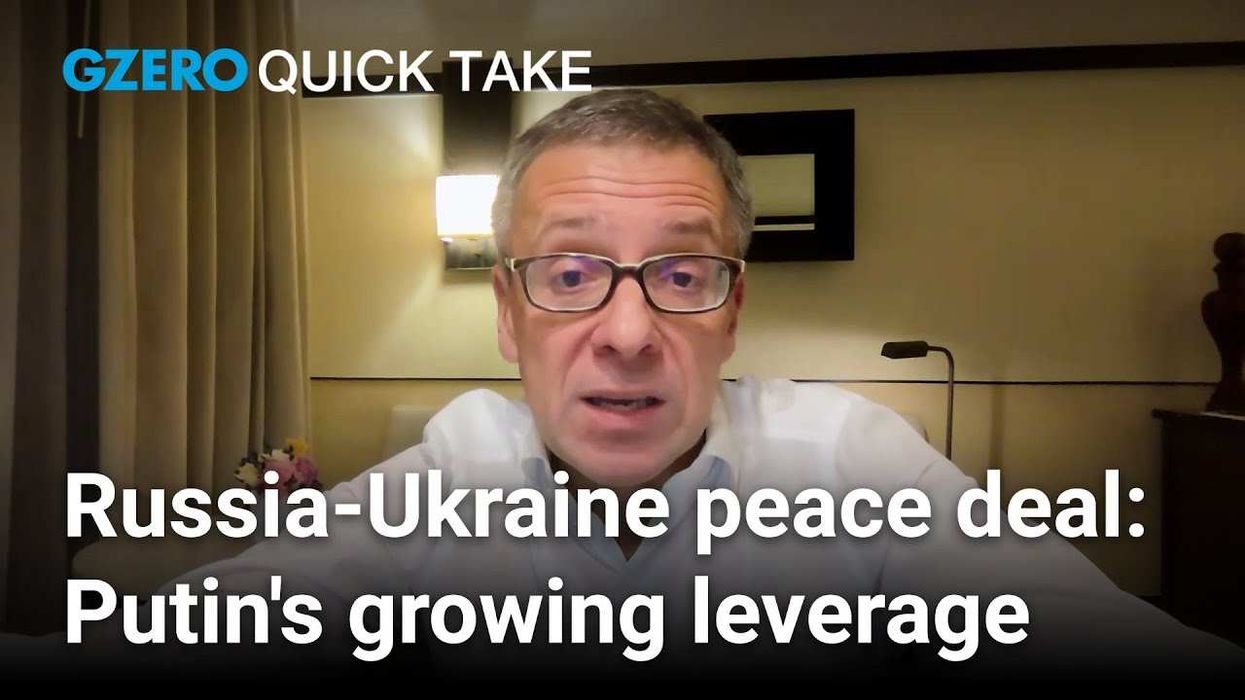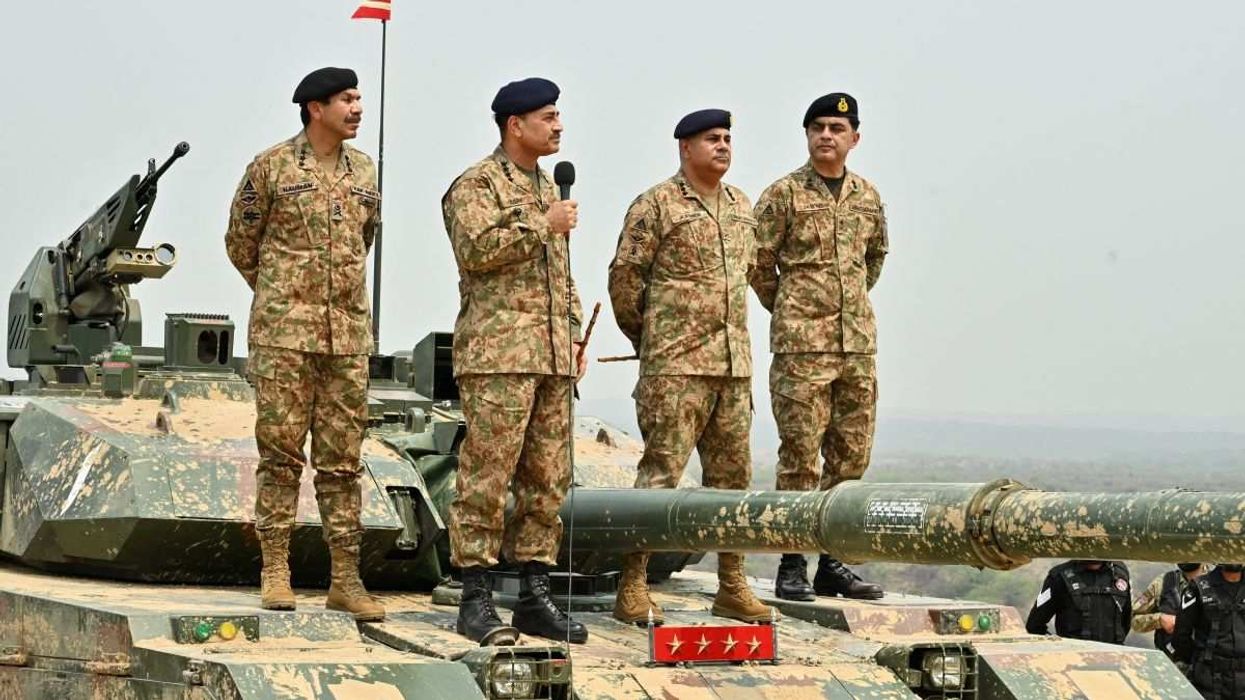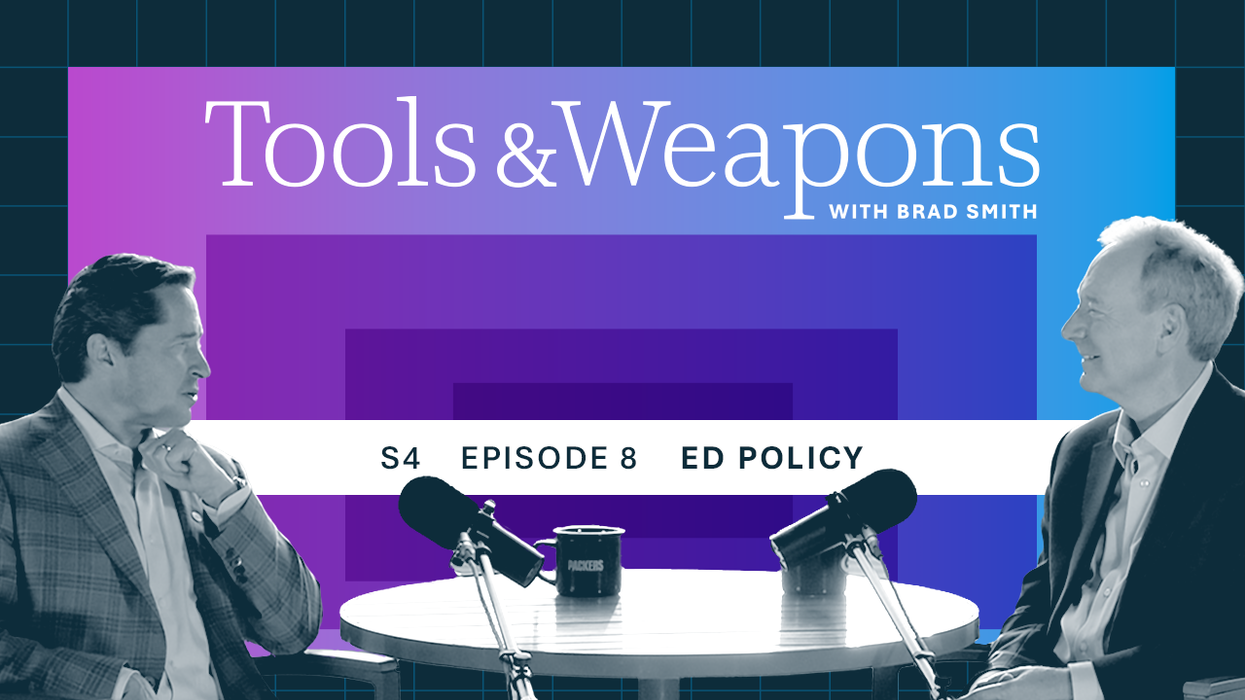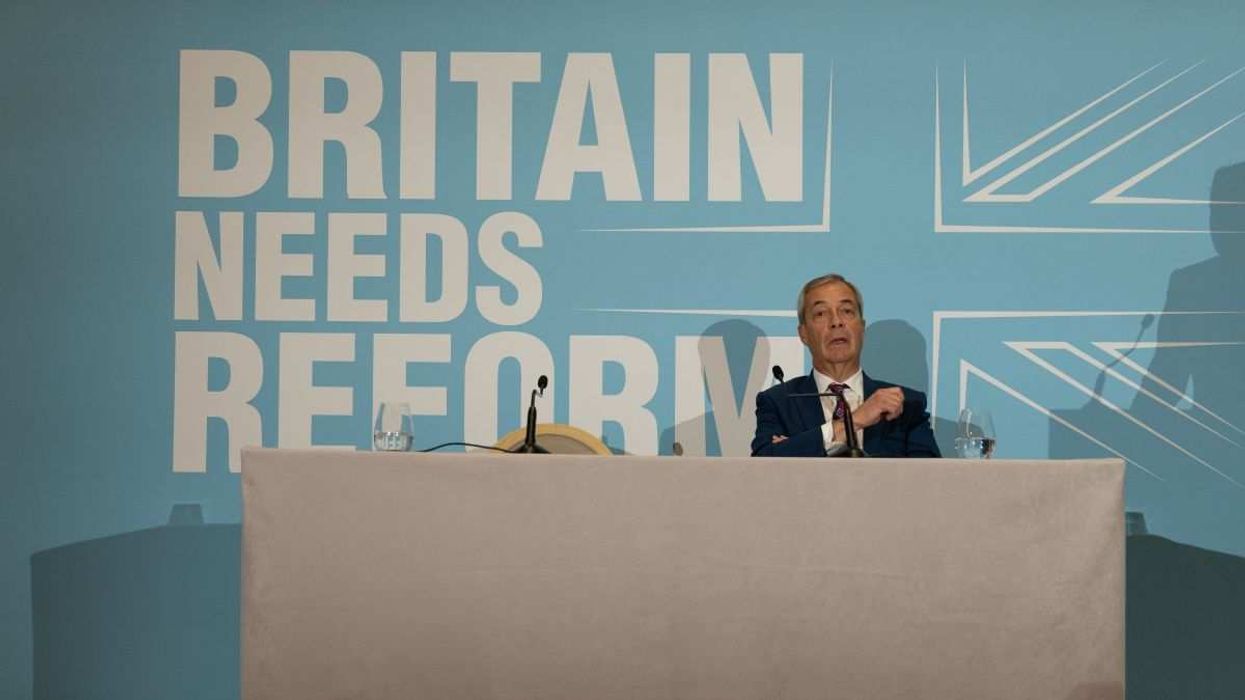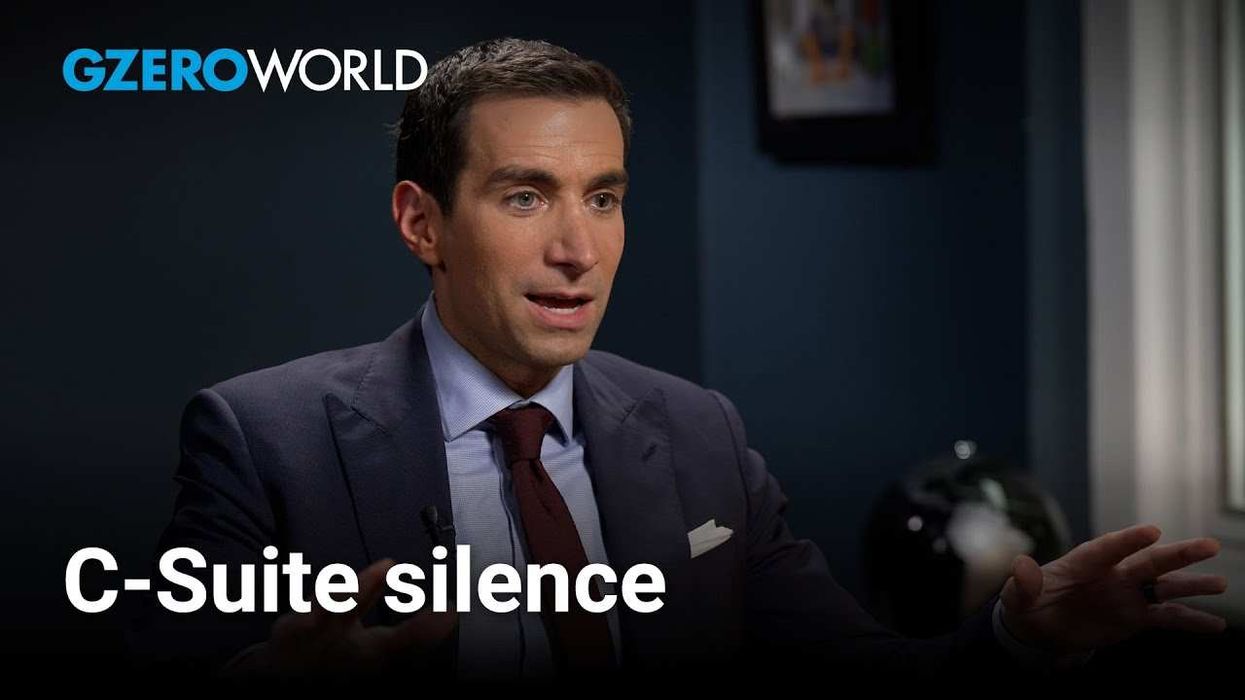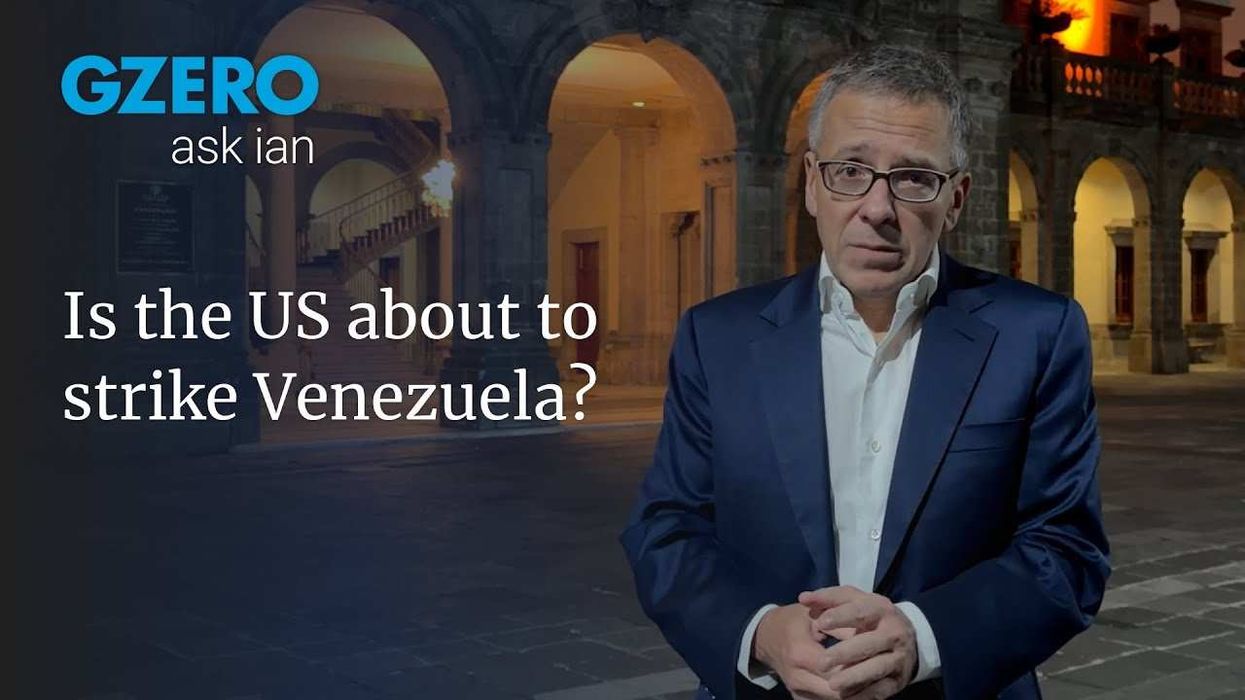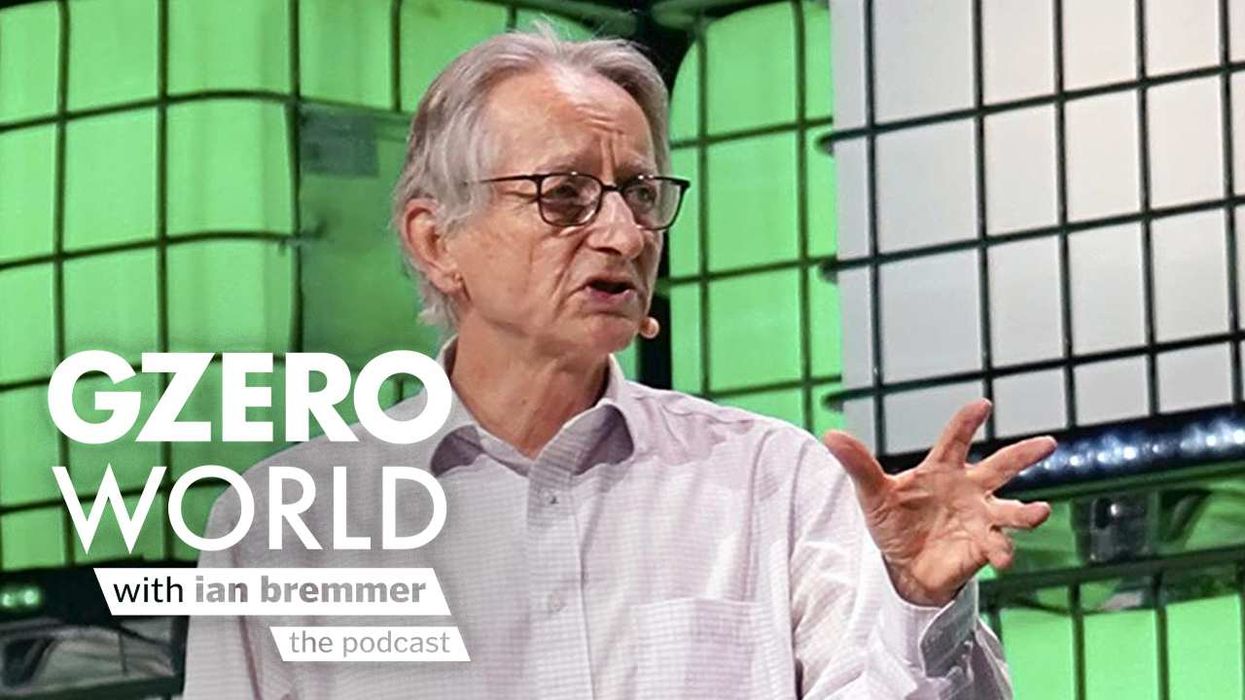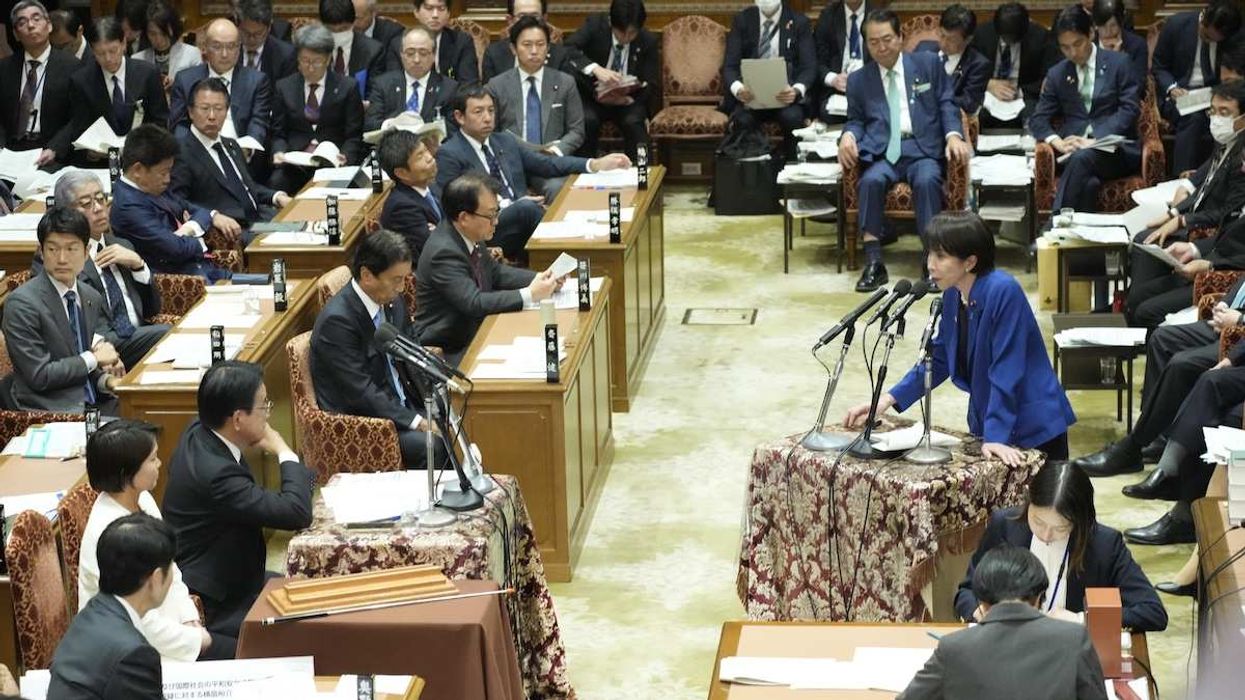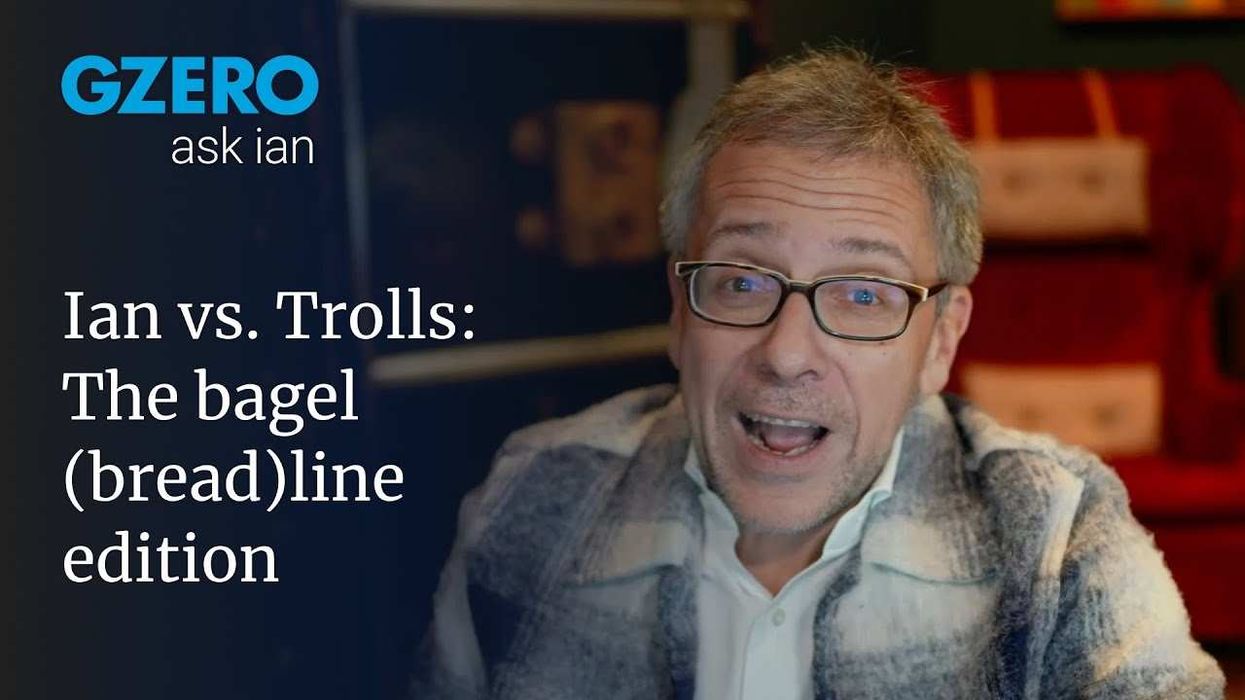Twenty years ago, the Provisional Irish Republican Army (PIRA) agreed to lay down its weapons and end the armed campaign to achieve a united Ireland free of British rule. The move came 11 years after an initial ceasefire in Northern Ireland, and seven years after the Good Friday Agreement that brought an end to the Troubles, a decades-long conflict between Irish nationalists and supporters of the union with Great Britain, which killed roughly 3,600 people.
“Dozens, if not hundreds, of people are alive today that perhaps wouldn’t be if this violence had continued,” former US special envoy to Northern Ireland Mitchell Reiss told GZERO.
As other militant groups around the world explore or proceed with disarmament – such as the Kurdish PKK in Turkey or, perhaps one day, Hezbollah in Lebanon – the peace that has held in Northern Ireland ever since the IRA’s disarmament shows what can be achieved if paramilitary groups drop their weapons. However, it also offers a cautionary tale: peace is one thing, but harmony is another.
So how has Northern Ireland fared over the past two decades?
First, the good news. The bloodshed has stopped, even as the PIRA didn’t achieve its goal of uniting the island of Ireland – Northern Ireland remains part of the United Kingdom. While there are regular displays of pride by nationalists, and unionists alike, these events are relatively peaceful. Gone are the car bombings, killings, and abductions that ignited fear across the country throughout the 1970s and 1980s.
What’s happened to the IRA? The Provisional IRA has officially demilitarized and pledged to pursue its aims peacefully, with the help of nationalist political parties like Sinn Fein.
While police believe parts of the armed grouping still exist, their influence, along with that of several other offshoot nationalist paramilitary groups, is limited. They may oppose the “promise of the Good Friday Agreement,” says Reiss, but “the good news is that they are generally small in number. They are marginalized.”
What the disarmament hasn’t achieved. First, Northern Irish society remains deeply divided. If you take a walk down the Shankhill Road in Belfast, you’ll see shopfronts lined with unionist memorabilia and odes to the late Queen. Meanwhile Falls Road, only a few hundred yards away, is still festooned with the Irish tricolor and monuments to slain nationalist fighters. Police still shut off access between the two roads at night as a precaution.
Secondly, while the IRA put down its weapons, the opposing Protestant paramilitary groups – like Ulster Defence Association and the Ulster Volunteer Force – never had to do the same.. Though their influence isn’t as widespread as it was during the height of the Troubles, they continue to function as criminal gangs, exerting a corrosive effect of their own on Northern Irish society.
“For the last eight years, I’ve been talking to these [Protestant paramilitaries],” says Reiss “trying to see if we can achieve the same goal with them that we did with the IRA, that they could put weapons beyond use and commit to a purely political and peaceful way forward.”
Lastly there’s the continued dysfunction of the Northern Irish government. Under the GFA, there has to be a power-sharing agreement between the nationalists and unionists for the Northern Irish Assembly to function. However, the two sides have regularly failed to form a government, with impasses often lasting years.
None of this changes the significance of the achievement. If the number of people killed during the Troubles was projected proportionally onto the United States, the numbers would be akin to the American Civil War, notes Reiss, underlining the hostilities between the nationalist and unionist factions of Northern Ireland, and thus the challenge in achieving peace.
“Is it better than it was? Absolutely. Is progress continuing to be made? Absolutely. Do we need to do more? Absolutely,” says Reiss. “But Northern Ireland is fundamentally transformed from the way it was 20 years ago.”


